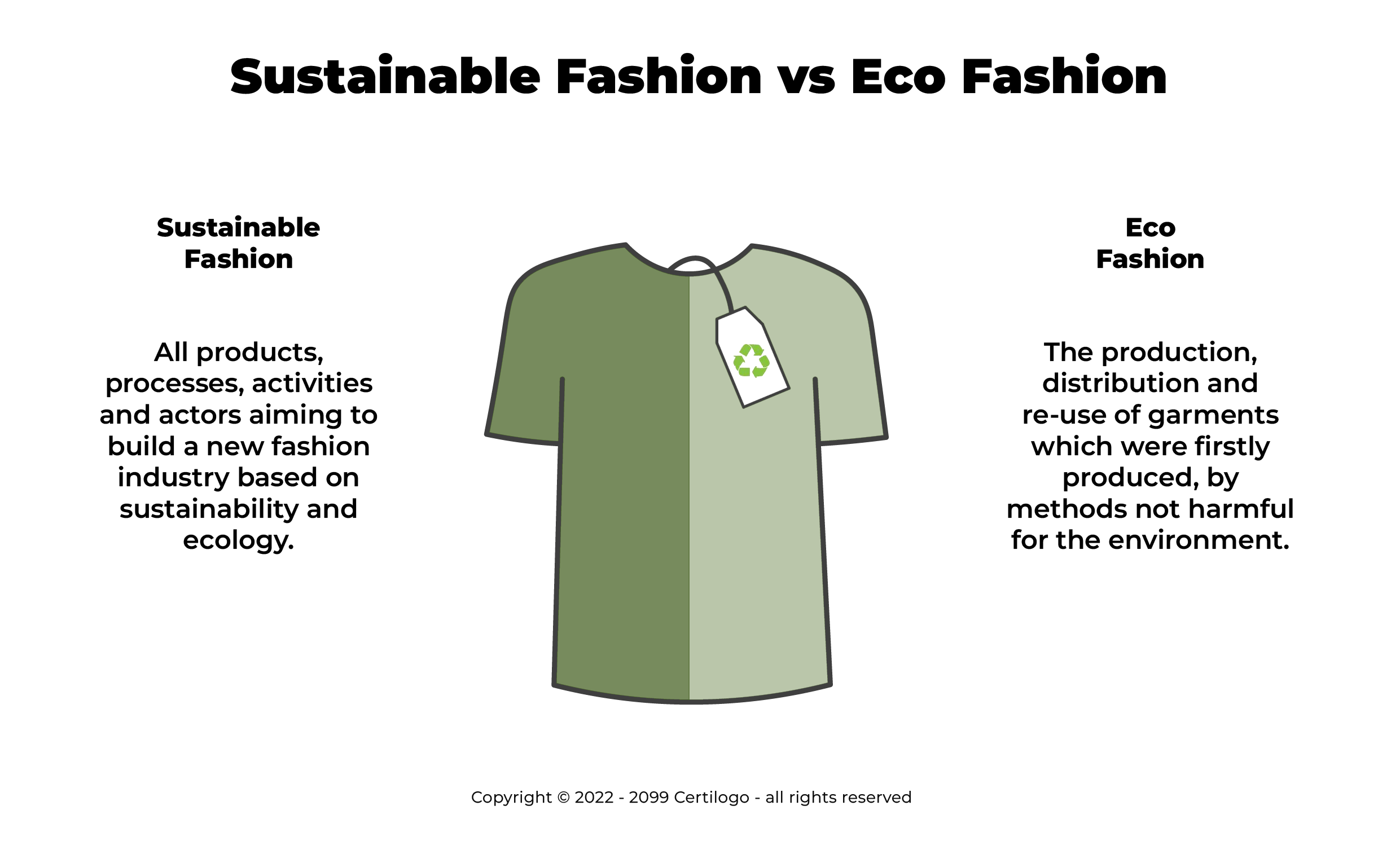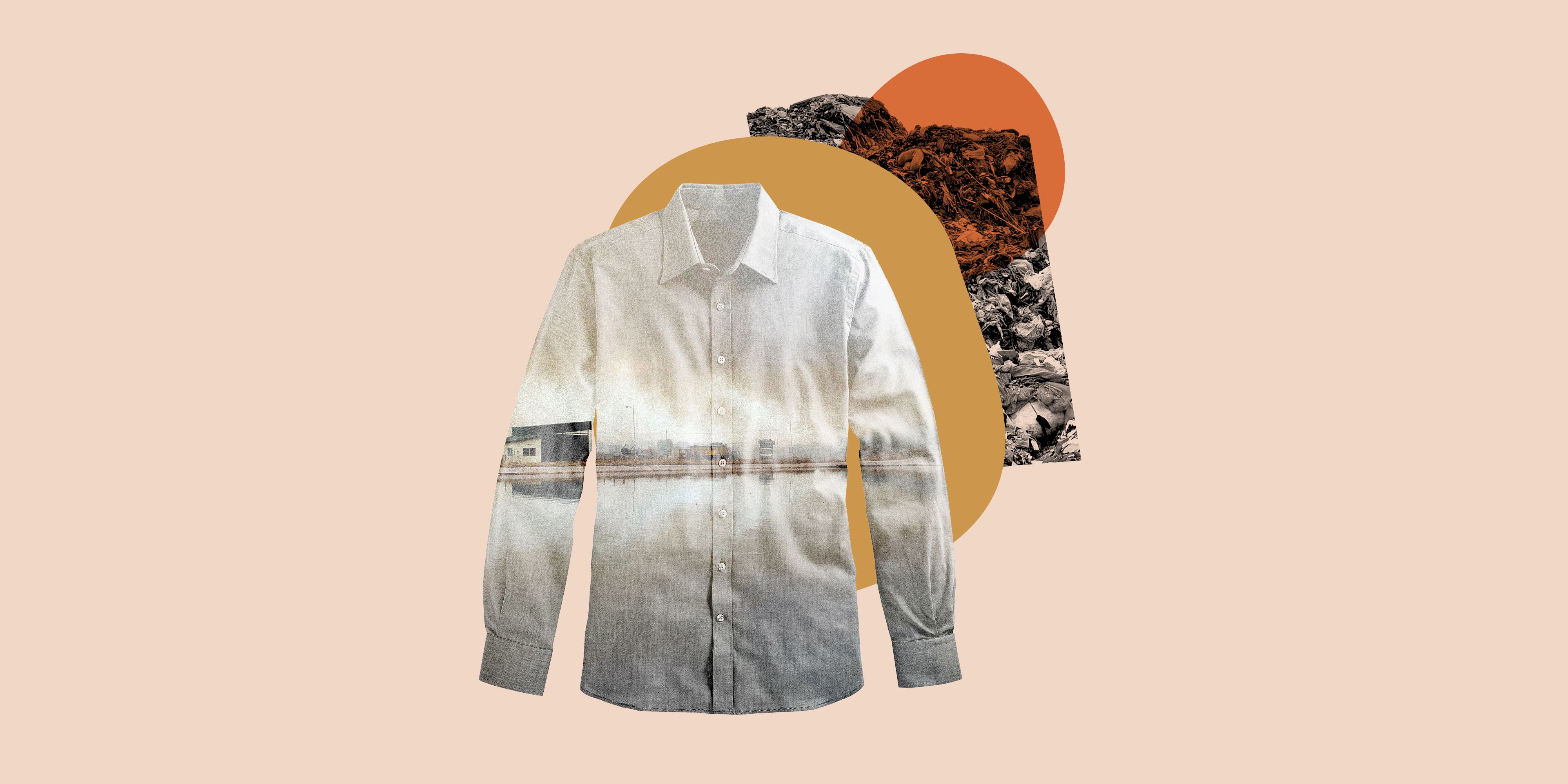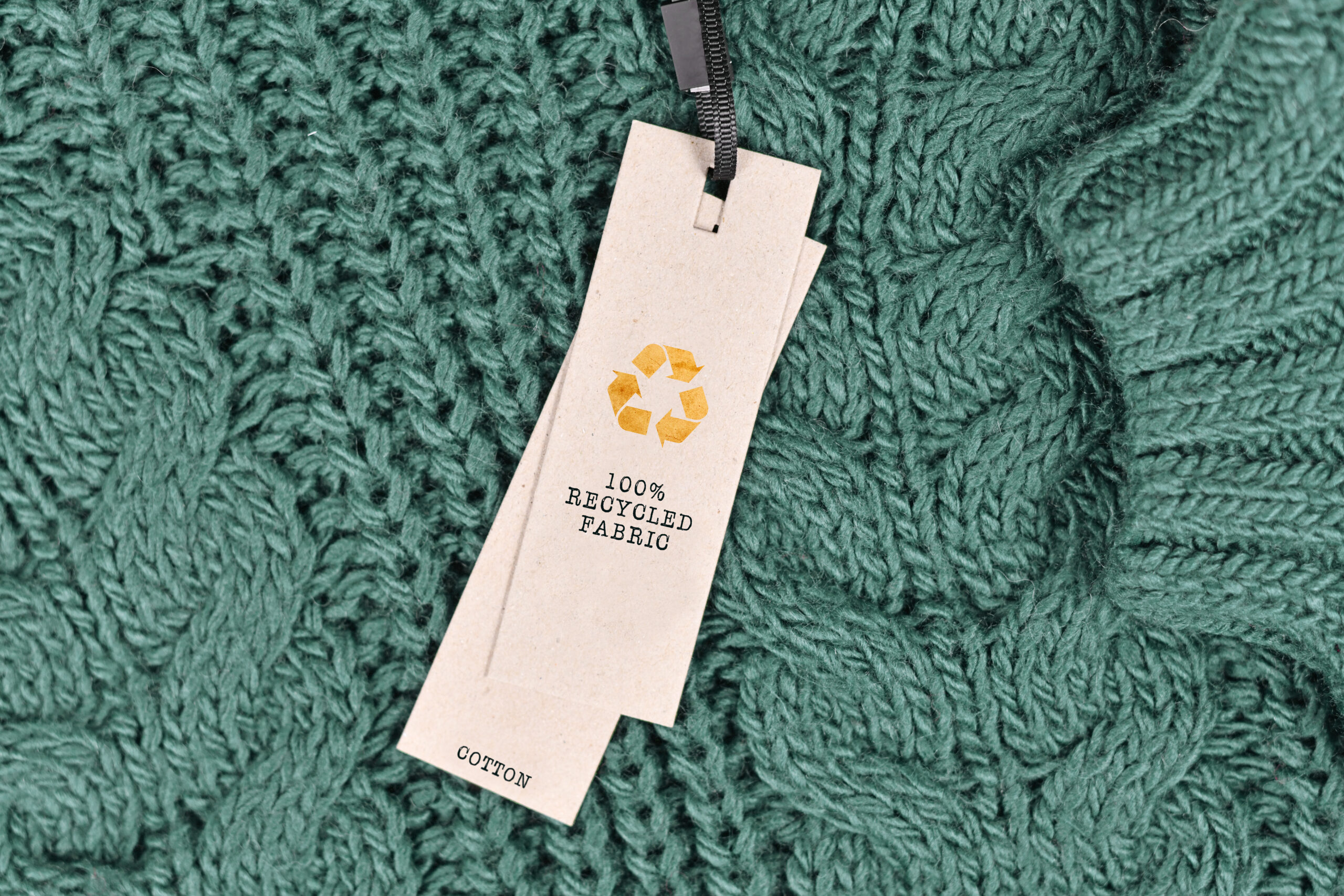Supporting Neighborhood Cape Town Sustainable Fashion for a Greener Future
Supporting Neighborhood Cape Town Sustainable Fashion for a Greener Future
Blog Article
Stay Ahead of the Contour by Discovering Ingenious Fashion Fads
In an industry as dynamic as fashion, remaining ahead includes even more than just complying with existing fads-- it demands an expedition of advancement. The convergence of innovation and style advertises a brand-new age of consumer involvement.

Embracing Smart Textiles
Recently, the garment industry has witnessed a transformative shift with the combination of wise textiles, a sophisticated development that mixes innovation with material. This evolution represents not only a combination of appearances and capability but additionally a substantial jump in the direction of sustainability and customization in style. Smart textiles, also called e-textiles, installed sophisticated electronic devices such as sensing units and conductive strings within the textile, enabling garments to interact with the user or the setting.
These fabrics are designed to monitor physical parameters, such as heart rate or body temperature level, offering real-time wellness analytics. Beyond wellness applications, clever fabrics are also being made use of for flexible garments, which can transform shade or pattern in reaction to environmental stimuli, thus using a vibrant style experience.
Furthermore, the advancement of energy-harvesting fabrics that generate power from activity or sunshine is leading the way for self-sufficient wearable technology. This development is appealing to ecologically mindful consumers and developers intending to reduce the ecological impact of style. As research study and growth in this area breakthrough, smart textiles are expected to become progressively common, improving the landscape of contemporary fashion with their multifunctional capabilities.
The Surge of 3D Printing
Changing the manufacturing landscape, 3D printing has arised as a game-changer in the garment industry. This advanced modern technology has actually allowed designers to push the borders of imagination, creating elaborate and customized garments that were previously inconceivable. By leveraging digital design and additive manufacturing, 3D printing promotes the production of complex geometries and patterns, enabling developers to trying out brand-new textures and frameworks.
A significant benefit of 3D printing in fashion is its capacity to produce on-demand, reducing waste and lowering inventory demands. This effectiveness not only optimizes manufacturing processes however likewise permits rapid prototyping, allowing developers to bring their visions to life in a much shorter timeframe. Moreover, 3D printing sustains customization somewhat unmatched by conventional approaches, using one-of-a-kind layouts and personalized fits customized to specific customer preferences.
The rise of 3D printing has actually also democratized style, making it easily accessible to arising designers who can now fabricate high-quality items without substantial monetary investment in typical production infrastructure. As technology remains to development, the apparel industry is positioned to harness the complete potential of 3D printing, checking out brand-new materials and strategies that will definitely redefine exactly how fashion is conceived and generated.
Sustainable Style Innovations
As the fashion business grapples with journalism requirement for environmental responsibility, lasting fashion innovations have arised at the forefront of transformative modification. The growing understanding of environmental effect has actually fueled a shift towards more eco-conscious practices and materials. Brands and designers are now focusing on sustainability, including methods that reduce waste and lower carbon footprints.
One significant development is the increase of circular fashion, which stresses recycling and upcycling to prolong the lifecycle of garments. This technique not just lowers waste however additionally encourages customers to embrace an extra conscious technique to garments intake. Furthermore, the usage of sustainable materials, such as organic cotton, hemp, and recycled polyester, has acquired grip. These products require less water and energy throughout production, substantially minimizing environmental impact.
Another development depends on the fostering of ingenious dyeing methods that utilize waterless processes or all-natural dyes, thus decreasing the vast their website amounts of water and chemicals generally made use of in textile dyeing. Furthermore, innovations in biotechnology have caused the creation of lab-grown natural leather and fabrics, using cruelty-free and eco-friendly options to conventional materials. With these pioneering efforts, the style market is making meaningful strides in the direction of a more sustainable future.

Tech-Integrated Garments
Tech-integrated garments stands for a groundbreaking fusion of style and modern technology, improving just how people connect with their clothes. This innovative domain is noted by the inclusion of clever textiles and embedded digital parts, improving both functionality and visual allure. From fitness trackers installed in sportswear to warmed jackets regulated using mobile phone applications, tech-integrated apparel provides customers unprecedented benefit and versatility.
Introducing brand names are driving this fad, focusing on developing garments that respond to environmental stimuli or individual commands. As an example, some garments can transform color or pattern in response to temperature level shifts, while others incorporate biometric sensors to check health and wellness metrics like heart price or stress degrees. The smooth integration of innovation into fabrics likewise extends to ecological sustainability, with initiatives to develop self-cleaning textiles or garments that readjust to climate condition, therefore minimizing the requirement for several layers.
Furthermore, the arrival of wearable modern technology is not just restricted to apparel yet includes accessories like watches and eyewear, further expanding the extent of tech-integrated fashion. As the market remains to innovate, the capacity for personalization and customization in clothing expands, offering customers unique, tech-enhanced style experiences that cater to their specific demands and preferences.
Future of Virtual Style
In recent times, the future of digital style has arised as find this a transformative pressure within the market, leveraging advancements in electronic technology to redefine exactly how fashion is created, experienced, and eaten. By integrating increased reality (AR), digital truth (VIRTUAL REALITY), and 3D design devices, designers can currently craft immersive and interactive experiences that transcend traditional style limits. Online fashion permits the creation of garments that exist solely in digital environments, offering countless opportunities for innovation without the constraints of physical manufacturing.
This electronic shift not only presents opportunities for imaginative expression but also addresses sustainability issues fundamental in traditional fashion techniques. Cape Town Sustainable Fashion. By removing the requirement for physical sources, virtual fashion reduces waste and reduces carbon footprints. In addition, the rise of digital style lines up with the boosting customer demand for unique and personalized experiences, as online garments can be personalized and tailored to specific choices effortlessly

Verdict
The fashion market's future lies in the assimilation of lasting techniques and cutting-edge innovations. Virtual style is poised to redefine consumer communications.
In recent years, the style market has actually seen a transformative change with the integration of smart textiles, an innovative advancement that blends innovation with textile.As the style industry grapples with the pushing requirement for environmental duty, sustainable fashion technologies have emerged at the leading edge of transformative change.In recent years, the future of digital style has arised as a transformative force within the sector, leveraging developments in digital that site innovation to redefine exactly how fashion is created, experienced, and consumed. The rise of virtual style lines up with the raising customer need for special and individualized experiences, as virtual garments can be tailored and customized to specific choices with ease.
The style market's future lies in the integration of sustainable techniques and cutting-edge technologies.
Report this page